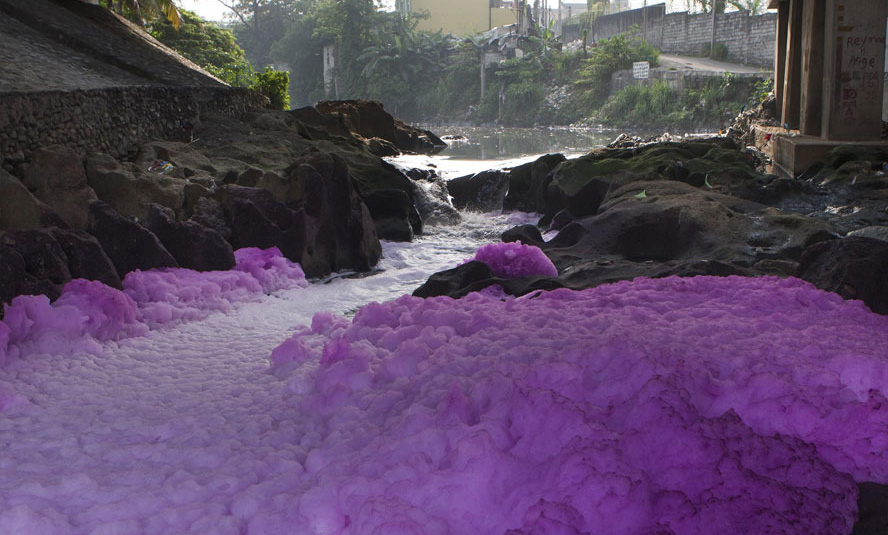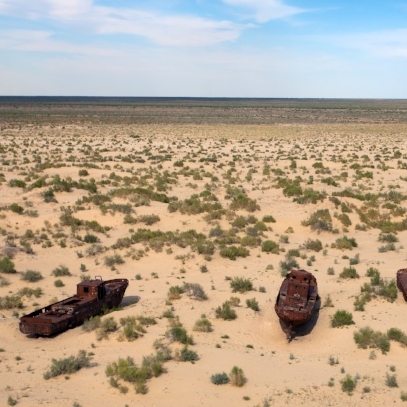The effects of fashion

The fashion at the moment is very popular and dangerus in this blogo we can view some of them:
Water pollution of the fashion industry
Fashion’s Environmental Impacts
The fashion industry is the second largest polluter in the world just after the oil industry. And the environmental damage is increasing as the industry grows.
However, there are solutions and alternatives to mitigate these problems. The first step lies in building awareness and willingness to change.
In most of the countries in which garments are produced, untreated toxic wastewaters from textiles factories are dumped directly into the rivers.
Wastewater contains toxic substances such as lead, mercury, and arsenic, among others. These are extremely harmful to the aquatic life and the health of millions of people living by those river banks. The contamination also reaches the sea and eventually spreads around the globe.
Another major source of water contamination is the use of fertilizers for cotton production, which heavily pollutes runoff waters and evaporation waters.
What can we do about it?
Choose clothes made in countries with stricter environmental regulations for factories (EU, Canada, US...)
Choose organic fibers and natural fibers that do not require chemicals to be prouced

Source: Gigie Cruz-Sy / Greenpeace

The fashion industry is a major water consumer.
Huge quantity of freshwater is used for the dyeing and finishing process for all of our clothes. As reference, it can take up to 200 tons of freshwater per ton of dyed fabric.
Also, cotton needs A LOT of water to grow (and heat), but is usually cultivated in warm and dry areas. Up to 20,000 liters of water are needed to produce just 1kg of cotton. This generates tremendous pressure on this precious resource, already scarce, and has dramatic ecological consequences such as the desertification of the Aral Sea, where cotton production has entirely drained the water (see pictures above).
"85 % of the daily needs in water of the entire population of India would be covered by the water used to grow cotton in the country. 100 million people in India do not have access to drinking water." says Stephen Leahy from The Guardian.
What can we do about it?
Choose fibers with low water consumption such as linen, recycled fibers, etc







Comentarios
Publicar un comentario